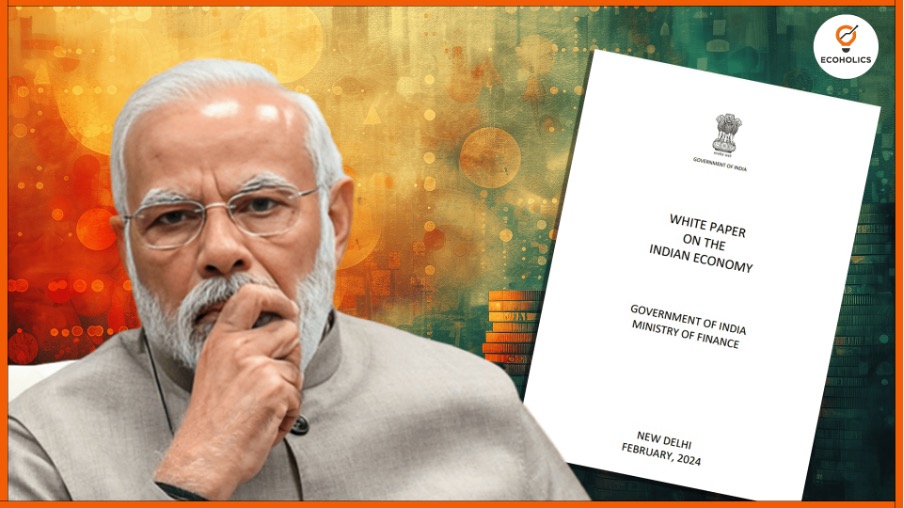The Narendra Modi-led National Democratic Alliance (NDA) released a ‘White Paper’ on the economy in Parliament, accusing the United Progressive Alliance (UPA) for its tenure from 2004-2014. It highlights the shortcomings and failures of the Manmohan Singh-led government and seeks credit for the repair and reforms done by the NDA government, bringing the Indian economy to the World’s Fifth Largest Economy. What’s interesting is that just a few hours before releasing the White Paper, the UPA government released a Black paper titled “10 Years of Anyay Kaal,” highlighting all the scams and blunders of the present government. The White paper only presents facts and doesn’t criticize or put forward viewpoints; it is left up to the readers to analyze the same. There are many factors mentioned in the paper that have led to the economic downfall of the economy during the UPA Government’s regime.
Failure to curb inflation
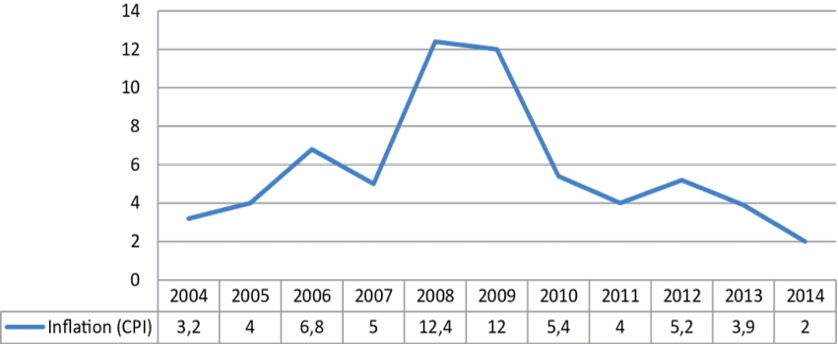
The UPA government took a series of steps without proper consideration which led to a very high increase in the rate of inflation. The average inflation from 2004-2014 was 8.2%. It also reached double digits in 2010, 2011, and 2012. When the NDA government assumed power it through its various policies was able to bring down the inflation rate from 2014-2024 to 3.99%.
Gross non-performing assets ratio (GNPA)
GNPA refers to the total amount of loans or advances that have been defaulted or have errors in receiving scheduled payments or principals of interest. It means that the banks were not able to recover crores and lakhs of rupees which the government had to then regulate and inject more money. Had the UPA government taken some action, it would have also helped in curbing inflation.
Thousands of crores were lent as bad loans which were bleeding the banks and the economic regime.
GNPA ratio was also high during the Vajpayee government, but when their term ended, they brought it from 16% to 7.8%, which is commendable. The GNPA ratio in Public Sector Banks was 12.3%, and it also states that the rates went high because of political interference by the government in lending decisions of public sector banks, which should have been RBI’s decision. What this paper also shows is that almost 44% of the loans that were lent were not even recognized as problem assets. Which if added would have been an additional 6.7% to the GNPA ratio. So, in total, a total of 19% was the GNPA.
Mismanagement of forex reserves by the UPA government
Forex reserves are crucial for any economy as they determine the strength and position of the government in the world. In September 2013, forex reserves were just sufficient to finance imports for only 6 months compared to 17 months at the end of 2004. This was rectified by the UPA government through the infamous Foreign Currency Non-Resident (FCNR) deposits for NRIs. FCNR deposits allow NRIs to deposit amounts in their currencies with banks in India, and the interest would also be given in that particular currency. Any NRI would prefer this option to avoid the risk associated with currency exchange fluctuations, and the chance of the rupee depreciating against the dollar would also be profitable.
The problem for this arose for the NDA government when they were required to return the principal amounts as well as the interest in foreign currencies, putting a significant burden on the NDA government.
The higher interest rate offered by the UPA government was seen as a genius move as it generated revenue of about 26.6 billion USD, which was 12 times the 1991 IMF bailout. However, it was the NDA government that had to face the problem of repaying these amounts along with higher interest rates.
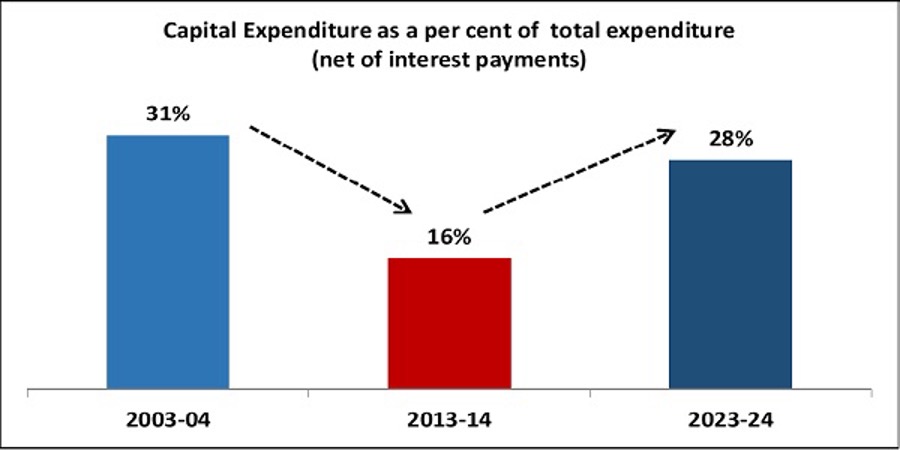
Regarding the UPA's handling of the economy after the 2008 crisis
The UPA government during this time came up with fiscal stimulus, which means the action taken by the government to catalyze economic activity in a country brought about by the financial crisis of 2008. They initiated a series of plans which included reducing taxes, increasing public expenditure, and lowering interest rates. It is interesting that while the whole world was slowly recovering from the crisis, India’s economy jumped from 3.9 in 2008 to 8.5 in 2009. Critics argue that this is due to the increasing public expenditure even long after the crisis was over, which resulted in huge fiscal deficits. The gross fiscal deficit during Manmohan-led government was about 4.5% of the Gross Domestic Product (GDP). The BJP government was quite stable enough to handle the fiscal deficits; however, the results went high during COVID-19, which was required then.
There is another perspective that debt is required for the economy to grow. It will help build infrastructure and provide employment to the people. So, they say that debt if taken for infrastructural projects is good for the economy. However, the UPA government used all of this money more in revenue expenditure, which didn’t lead to any increase in the growth of the economy, whereas they should have invested in capital expenditure.
The graph clearly reveals that the capital expenditure by the UPA government was only 16%, whereas the Vajpayee government, in its 5-year regime, was able to build 24,000 km of roads, while the Manmohan Singh government was only able to build 16,000 km in its 10-year regime. So, where did all the money go? It was used up in revenue expenditure, e.g., the pension schemes which took up a lot of the economy. Another very notable example is – the Agricultural Debt and Debt Relief Scheme of 2008, a 52,000-crore farm loan relief scheme waiver provided to farmers, which was 0.9% of the GDP. These policies were exploited; farmers would voluntarily, even if they had money, not pay off their loans because of schemes like this, and it did not yield any benefit that it intended to according to the study of the World Bank.
The banks also stopped giving loans in the areas where people had bailouts. It is interesting to note that even though the white paper does not approve of any of this, still the BJP government also did the same. For example, in Maharashtra, they provided a 30,000-crore loan waiver for medium and small farmers.
Even though both the NDA and UPA governments are primarily focusing on capital as a resource, it’s high time that we think of the environment, the safety of women, and many other important factors, or rather more important to mankind.
A large chunk of money was also unspent, which was kept aside for the social sector schemes. ₹94,060 crores of budget expenditure were unspent during the UPA regime as compared to ₹37,064 crores in the NDA government from 2014-2024, which is less than 1% of the GDP.
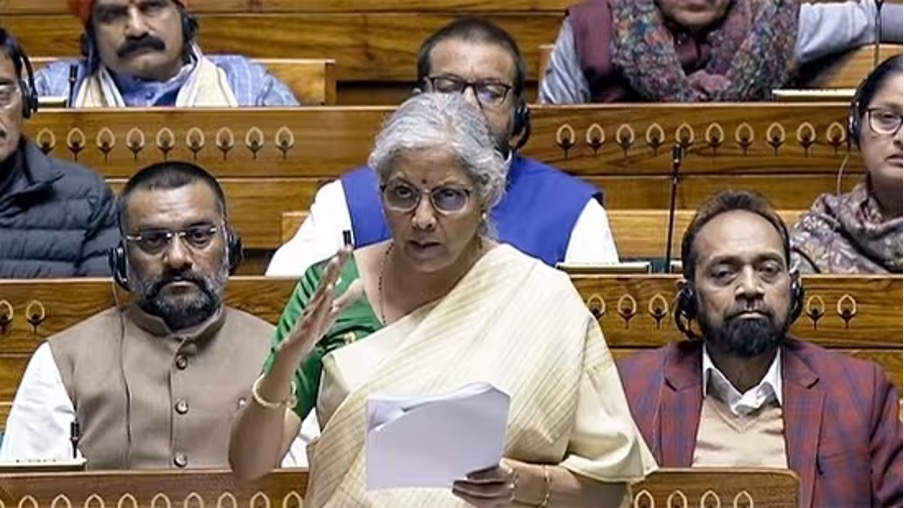
NDA’s response
It is very bold to mention the shortcomings of the UPA government. The economy was trembling due to the high inflation rate, no forex reserves, unused social sector schemes money, non-performing assets, and a continued rise in revenue expenditure.
But what has the NDA government done so special about this? Firstly, to curb inflation, they started making policies with the RBI in alignment with their policies. They also framed regulations such as a mandate for the inflation band to be only 2 to 6%, which was issued in 2016. This helped in bringing down the average inflation from 8.2 to 5%, including the period of COVID-19 and the Russia-Ukraine war.
The NDA government was also able to increase foreign direct investment. From 2005-14, FDI averaged 305.3 billion dollars, but from 2014 to 2023, the FDI reached 596.5 billion dollars, which is double the previous amount. Currently, FDI is so high that it is sufficient for 10.6 months of imports.
The NDA government also heavily invested in capital expenditure, such as building roads, and Mumbai is a classic example currently of the increasing infrastructural development projects. They were also able to reduce the compound annual growth rate expenditure. The Indian bankruptcy code has also significantly improved the growth of the Indian economy.
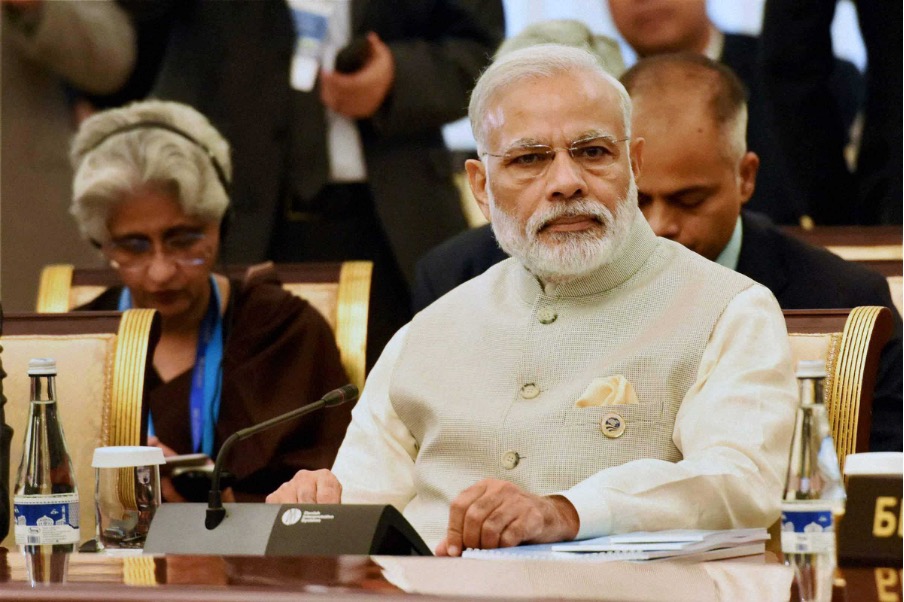
Conclusion
The White Paper presents facts that are crucial for the general populace, aiding in their comprehension of the economic situation and reality. However, this article solely highlights the shortcomings of the UPA government without delving into the limitations of the NDA government. Nevertheless, it does underscore the advancements made during Narendra Modi’s tenure over the past decade.
Written by – Mahi Bhandari
Edited by – Mrunmayee Patwardhan
*This article was written in March 2024

